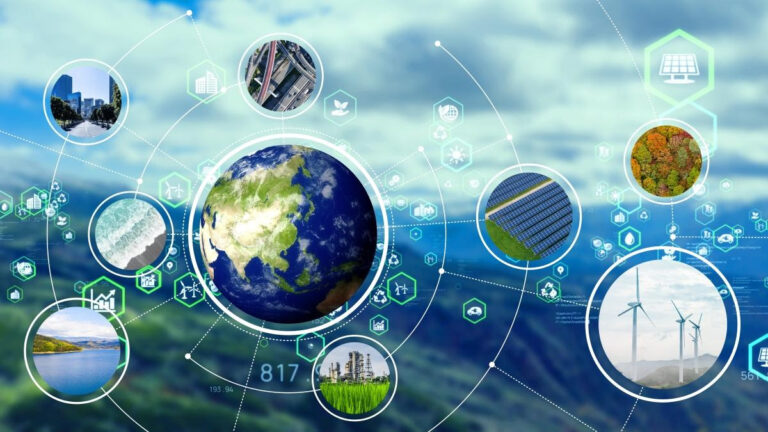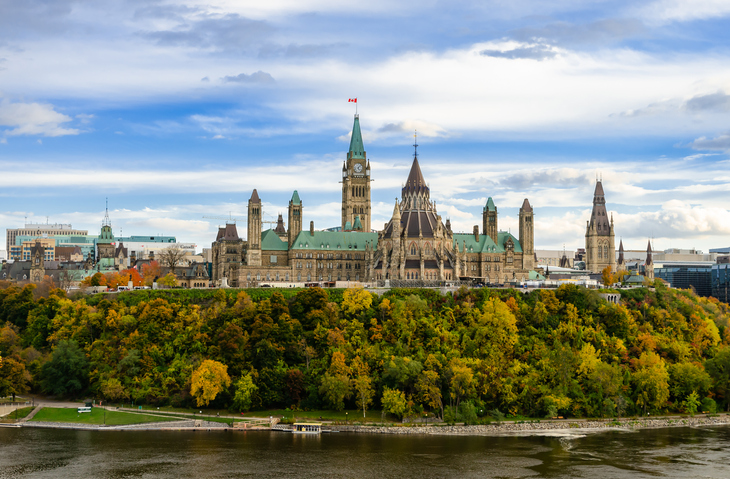A number of important conversations have occurred in the Canadian water industry since March 2020, which was when the initial COVID-19 outbreak started affecting communities across the country.
Initially in March, there were questions about how the COVID-19 pandemic would impact water service delivery. More specifically, what would happen if an unplanned water service disruption were to occur?
To find out, Water Canada reached out to experts in the Canadian water industry—including the Canadian Water and Wastewater Association (CWWA), EPCOR, and the Ontario Water Works Association (OWWA). The information provided by these stakeholders indicated that there would be added challenges but that municipalities would consider alternative means (e.g. bulk water deliveries) to continue providing safe drinking water.
In March, there were also concerns about the impacts that so-called ‘flushable’ wipes were having on municipal sewer systems. This became a heightened issue when stores ran out of toilet paper due to an influx of people buying the product. This led to people buying alternative products, like ‘flushable’ wipes, which were then being flushed. Municipalities in Canada, and the United States as well, urged residents to not flush these alternative products because they were leading to blockages in and causing damage to wastewater equipment.
In April 2020, conversations started taking place about how testing sewage could lead to insights about the spread of COVID-19 in communities. At the time, there was also uncertainty about how to accurately translate the number of COVID-19 particles found in wastewater into how many people were infected with the virus in a community. Since then, a number of researchers have started looking into how the implementation of a new method or methods of wastewater monitoring could help with early detection and flare-ups in communities.
In May 2020, discussions started taking place about reopening buildings that had been shut for a prolonged period of time. There were concerns that waterborne pathogens and harmful disinfectant by-products could build up overtime in stagnant water. As a result, the Canadian Water and Wastewater Association (CWWA) released guidance for building owners on what they could do to ensure the safety of drinking water in their buildings. CWWA also prepared guidance for water utilities because they needed to be prepared for the increased flushing that would take place in buildings.
In June 2020, conversations started revolving around the role that the Canadian water industry could play in the country’s economic recovery. Michael Drescher, an associate professor at the University of Waterloo, and Lucas Mollame, a master’s candidate at the University of Waterloo, wrote an article for The Conversation that highlighted the role that green infrastructure could play to “jump-start” the economy. Generally speaking, there were also discussions about the role shovel-ready projects could play in restarting the economy.
As a result of the pandemic, I’ve been hearing conversations about how we can’t return to the old ‘normal.’ There have been calls for issues like climate change to be at the forefront of Canada’s economic recovery. There isn’t any certainty about how things will pan out over the coming months so we’ll have to wait and see what happens.
This article was written by Simran Chattha, the associate editor of Water Canada, for the July/August 2020 issue of Water Canada.









